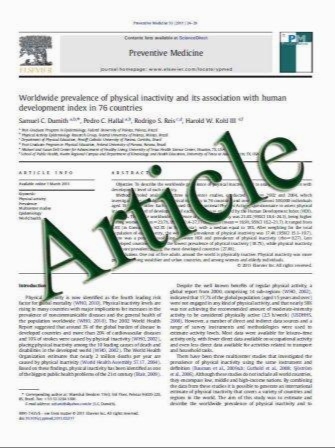Delays in diagnosis in early trauma care: evaluation of diagnostic efficiency and circumstances of delay
- نوع فایل : کتاب
- زبان : انگلیسی
- مؤلف : M. Muhm T. Danko K. Schmitz H. Winkler
- چاپ و سال / کشور: 2011
Description
Background Trauma centers, trauma management concepts, damage control surgery and the integration of wholebody CT scanning into early trauma care have reduced mortality in traumatized patients significantly. However, some injuries are still initially missed. In this study, the diagnostic efficiency of early trauma care and the circumstances of delays in diagnosis were evaluated. Materials and methods Initially missed diagnoses in 111 traumatized patients were recorded retrospectively. ‘‘Primary diagnoses’’ after the emergency room (ER) phase including CT scanning with immediate data evaluation were compared to ‘‘secondary diagnoses’’ after a secondary survey of the CT data, as well as to discharge diagnoses. Circumstances of delay were assessed according to injury severity score (ISS), hospital admission, mechanism of injury, diagnostics, treatment, time in the intensive care unit, hospitalization and mortality. Results 73% of the patients arrived at the ER during oncall hours. In 23% of all patients, diagnoses were missed after the ER phase, while in 12% of the patients diagnoses were missed after the secondary survey of the CT data. One half of the missed diagnoses were almost impossible to detect; the other half were judged to be acceptable. During on-call hours, 9% more patients with delays in diagnosis were observed. Injury severity in patients with delays in diagnosis was significantly higher than in patients without. Conclusions Although diagnostic quality in early trauma care has improved, some diagnoses are initially missed. Severely injured patients with life-threatening or potentially life-threatening injuries arriving at the ER during oncall hours were at higher risk for delays in diagnosis. A secondary evaluation of acquired CT data and repetitive examinations are essential.
Eur J Trauma Emerg Surg DOI 10.1007/s00068-011-0129-y Received: 16 November 2010 / Accepted: 11 June 2011


